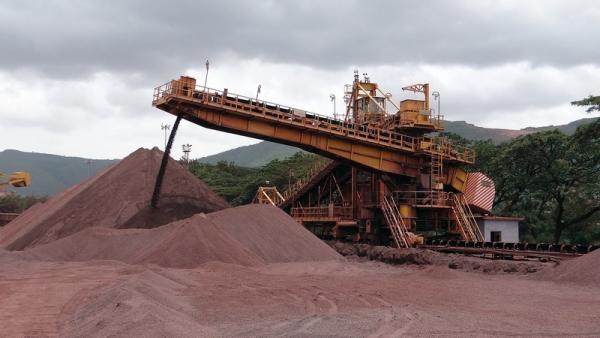
James Laurenceson, Deputy Director, Australia-China Relations Institute, University of Technology Sydney |
This article appeared in The Conversation on December 10 2014.
Pop quiz: in 2014 the quantity of Australian iron ore demanded by China has: a) fallen sharply, b) fallen modestly, c) remained the same, d) increased modestly, e) increased sharply?
The answer in just a moment.
Last week the Australian Bureau of Statistics (ABS) told us that the economy is suffering from an income recession. Our exports aren’t fetching the prices they used to – the terms of trade are down by around 9% for the year - and that means we can’t afford to buy as much from overseas as before.
Growth in China has also slowed and the construction industry there is in the middle of a major funk. Moreover, China’s economy is rebalancing away from growth led by resources-hungry investment.
Joining the dots is proving irresistible. But there’s a problem with this story, and it’s a big one.
The answer to the above question is unambiguously option e. In the September quarter – that’s the same quarter Australia shifted into an income recession - exports of iron ore to China were up 33% from a year earlier, according to Westpac and the Bureau of Energy and Resources Economics (BREE). This followed a 32% jump the first quarter and a 36% leap in the second.
These are extraordinary numbers and we should not be at all surprised when they start to slow. But, for now, Chinese demand continues unabated.
In a sense this is not difficult to understand. The law of demand says that when the price falls, the quantity demanded will increase. The price of iron ore is down nearly 50% since the beginning of the year.
And while growth in China is now 7.3%, the slowest pace in five years, that’s coming off an ever-larger base. In terms of the number of dollars being added to the economy each year, 7.3% growth now is more than a match for 8% a couple years ago.
If the price has fallen and the quantity traded has increased, there can be only one culprit – a dramatic increase in supply. And so there has been: BHP Billiton alone is in the midst of a 65 million tonne per annum expansion of its Western Australian iron ore operations.
Treasurer Joe Hockey may be worried about falling iron ore prices but BHP Billiton certainly isn’t. Even with iron ore prices sitting as they are between A$70 and $80 per tonne, the business remains hugely profitable. Its current cost of supply is around A$27 per tonne and the target is less than $20 in the medium term. Producers in other sectors of the economy would kill for those sorts of margins.
While it’s become popular to dismiss the projections for Chinese demand from the miners themselves as being overly optimistic – why exactly is not clear. Remember, it’s their billions of investment dollars on the line - and forecasts offered by the Commonwealth Treasury in May based on an analysis of demand and supply fundamentals are proving remarkably accurate. In reference to iron ore they concluded that “… supply will increase at a much faster rate than demand…” and that “The shift of production to the flatter section of the supply curve is expected to cause a rapid fall in the real price…”
These dynamics will play out until 2017-2018. From then on, the price will stabilise at a touch above $70 per tonne. There’s little to worry about here.
The bottom line in all of this is that the impact of China on the Australian economy remains a tremendously good news story. According to the latest trade data from the ABS, the value of our exports to China is more than double that to our second-largest customer, Japan. This ratio holds true across the board - agriculture, fuels and minerals, services and even manufactured goods.
None of this is expected to change any time soon. China is the world’s second-largest economy and the International Monetary Fund continues to forecast that it will grow by 7.4% this year and 7.1% next year. That growth in 2015 is more than double that predicted for the US and nearly nine times that for Japan. There’s always room to quibble about the exact numbers but few would disagree that China will continue to outperform other major economies.
For the Australian economy it doesn’t get much better than that.
Author
Professor James Laurenceson is Deputy Director of the Australia-China Relations Institute at the University of Technology Sydney.


